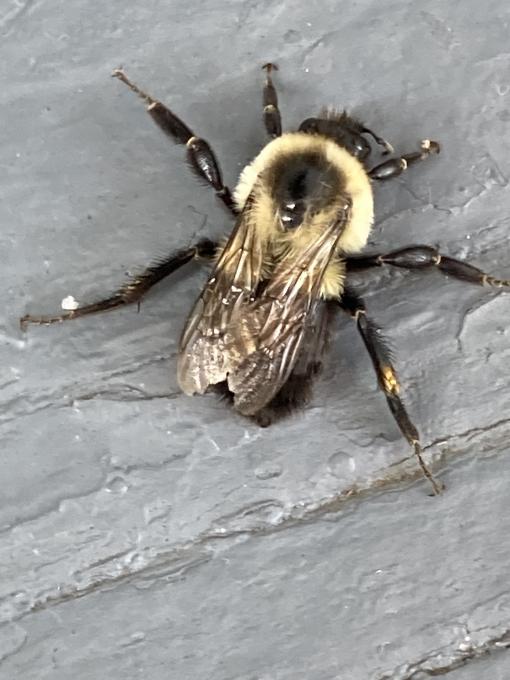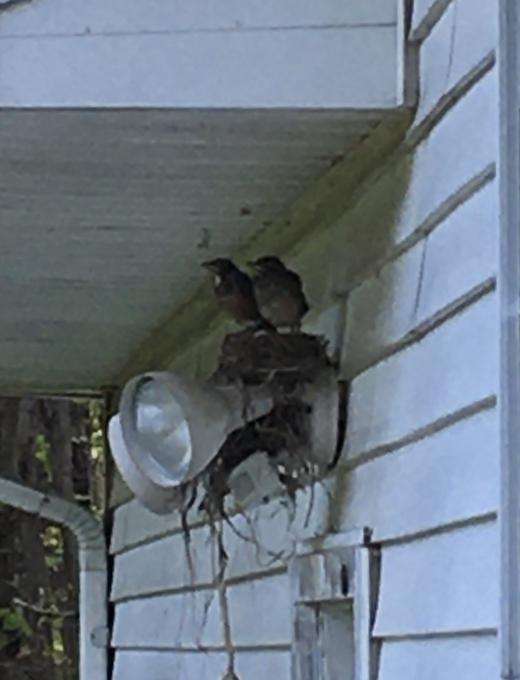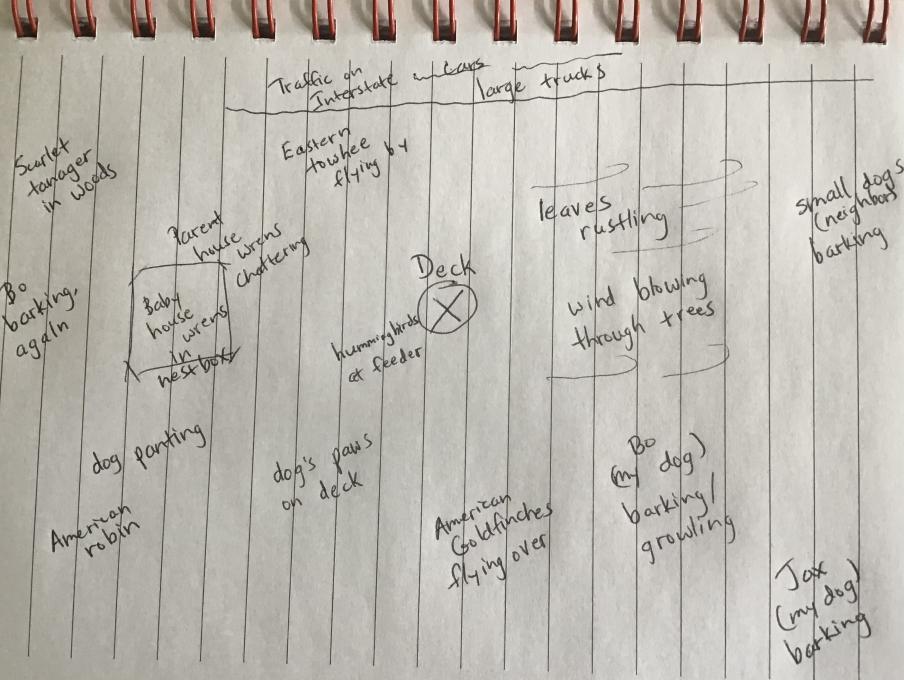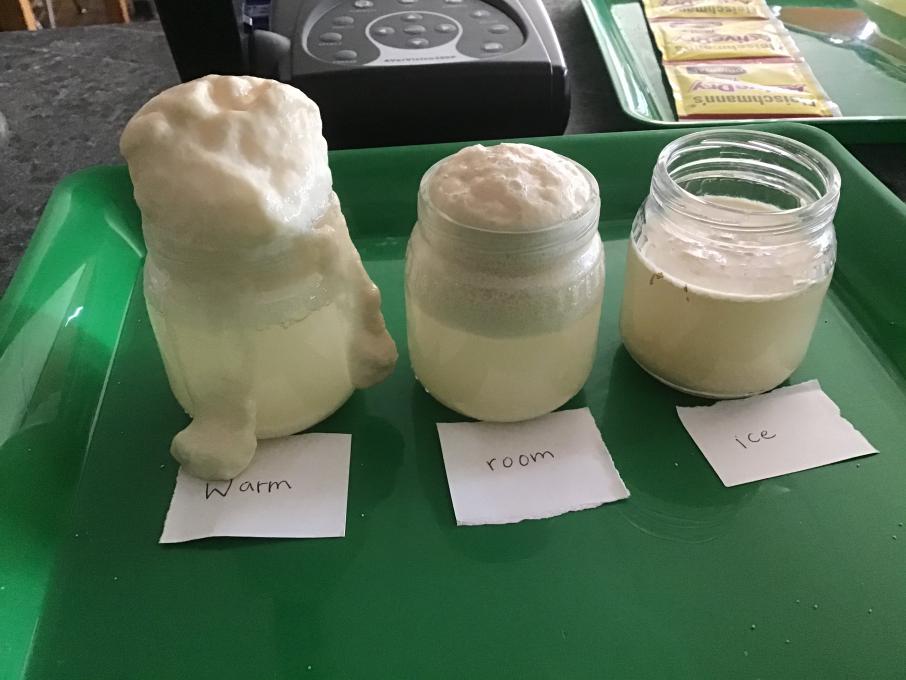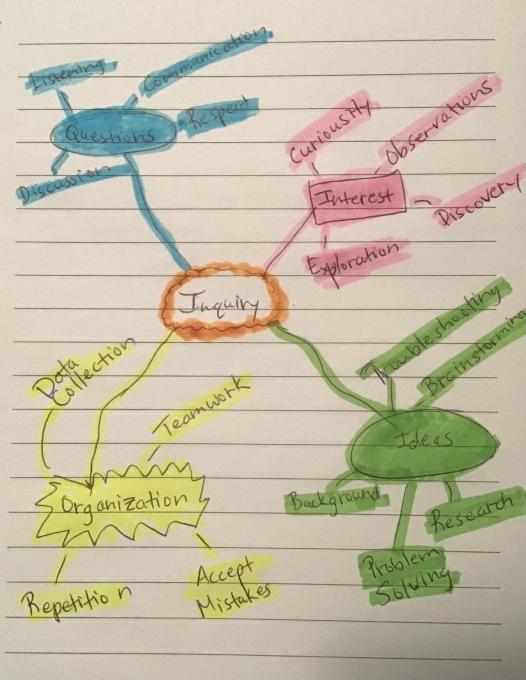Linda
Forum Replies Created
Viewing 16 posts - 1 through 16 (of 16 total)
-
LindaParticipantThe Budburst project looks very interesting. I appreciate your information.
-
LindaParticipantI am very interested in the Budburst project because it seems to be very popular and useful. Thank you for the background information.
-
LindaParticipantThis sounds like a very interesting project. I will definitely be looking into it.
-
LindaParticipantI chose Bumble Bee Watch because I have used it as an individual but not in a classroom setting. This project tracks and monitors bumble bee populations by having citizen scientists take pictures and identify different species of bumble bees. The information is then verified by an expert and added to the database. The database is accessible to anyone, including students, regardless of whether they participate in the project or not. There is an app, which is very easy to use, to identify a particular species of bumble bee. Since bumble bees are practically everywhere, students would be able to collect data. I think it would be interesting for students to learn how many different species of bumble bees exist. I know that I have learned a lot. I attached a picture of a common Eastern bumble bee. :)

-
LindaParticipantStudents are definitely more interested and participate when they can personally relate to the topic.
-
LindaParticipantI like the idea of using a photo, video, or audio clip to generate curiosity. I have used photos and asked students to ask questions about what happened or what is going to happen.
-
LindaParticipantI have used a variety of tools over the years to encourage curiosity and questions. These include a designated journal, spiral notebook, individual sheets of paper to create a portfolio, composition notebook, Google Docs, and Google Science Journal app. Students are more receptive to activities when they know that there aren't any right or wrong answers. When they have the opportunity for discussion and brainstorming, it stimulates their creativity and generation of ideas. Most of the time they are very effective and useful, but time constraints in the classroom is a huge limiting factor. I agree with the comments of others that sometimes it is difficult to delve deeply into topics and allow extensions due to the teaching of required content.
-
LindaParticipantI have participated in NestWatch for the last several years. I have several different nest boxes on my property as well as a variety of nests to be found. The biggest challenge I have is accurately collecting data from the nest boxes. I have an endoscope camera that I insert into the nest boxes to make observations, but I am still trying to master this skill. It is much easier to make observations of a nest that is open but finding them is also a challenge. We are not in school when most of our local song birds start nesting but I introduce them to the many bird cams of larger birds that nest much earlier and broadcast continuously. I attached a picture of the robin's nest that was built on a motion light of the garage last summer. I had a great view of it from the deck and loved watching them fledge.

-
LindaParticipantOne of the best ways to motivate students is through your own appreciation and excitement for something. I don’t contain my love and excitement for birds when I introduce Project FeederWatch. I can’t help but be enthusiastic and passionate about birds! Students realize that it is just fine to be excited about science. When it comes to questions and discussions about random topics, I will ask them what they think first and steer them to find out for themselves. Since my students have 1 to 1 devices, I will turn it over to the class and it becomes a competition as to who can find the answers first. This always leads to more questions and opens the door for discussing how to navigate the Internet and evaluate what they find.
-
LindaParticipantThe time of day has an impact on what gets recorded on the sound map. Since I chose the middle of the day, I didn’t have nearly the number of bird calls than if I had gone out much earlier in the morning. I think it would be interesting to compare students’ sound maps from different class periods. I am always telling students to look up at the sky and observe what is going on instead of having their faces buried in their phones or other technological devices. As with developing any skill it takes practice and repetition for students to learn how to pay attention to the world around them and make good observations. Slowing down is good practice for everyone.

-
LindaParticipantIt is imperative to get students outside and start making observations and asking questions. I love the “I Wonder” board and plan to use it from the very beginning of the school year. They will be able to observe the transformation of their questions into ideas and results. Students will have the opportunity to see how different kinds of questions can be answered.
-
LindaParticipantMany students don’t appreciate how much science affects their everyday lives and everything they do. Their world is full of quick-fixes and instant results and science doesn’t work that way. I strive to position my students as people who do science and learn to appreciate the significant role that it plays in everything they do. It is important for them to realize that it is essential to take the time to plan, be accurate, and consistent in their methods. By participating in citizen science projects, they learn the real and purposeful uses for scientific investigation.
-
LindaParticipantThe main citizen science project that are of my 8th grade students participate in is Project FeederWatch. It has involved a bit of creativity over the years because my classroom is on the third floor. For the past few years I have implemented a game cam to record the visitors to our feeders and then I prepare the photos for students to view and record their observations. We also used the game cam to participate in eMammal to study our urban wildlife. Journey North also has provided several different projects that my students participate in every year (except last year) which include the Symbolic Monarch Migration, Red Emperor Tulip Study, and Phenology to track the seasons. I also introduce my students to Zooniverse which has a wonderful collection of projects to fit individual interests.

-
LindaParticipantI am on the third floor of my school as well and so we are not close to the feeders. I use a game cam to record the data for two consecutive days for Project FeederWatch.
-
LindaParticipantOne of my favorite activities for students to conduct is to observe yeast reproduction and infer how temperature will affect it. Clearly, it is structured inquiry because students are given a problem to solve but there are procedures they are to follow. Their results depend on how well they communicate, work together, follow the steps, record their observations, and reach a conclusion. The lesson could be easily modified to allow students to determine the temperature range or test other factors such as the amount of sugar used for budding (asexual reproduction) to take place. I attached a picture that I used this past year when students were not able to conduct the experiment themselves. I also included videos of the process for students to have a better appreciation. There were still able to measure the height of foam which indicated the rate of budding. I am looking forward to a school year for students to be able to do any kind of inquiry.

-
LindaParticipantInquiry is the act of asking questions and being curious about the nature of how things work. I agree that children are naturally inquisitive but also that it gets tempered at an earlier age than when they first walk into a science classroom. Unfortunately, students become conditioned to being given information and how to think instead of figuring it out for themselves. Inquiry becomes easier when students realize that they don’t have to be correct and accurate. It is difficult to change their mindset that it isn’t all about getting the right answer.
 in reply to: Virtual Educator Retreat: Intro to Inquiry #825195
in reply to: Virtual Educator Retreat: Intro to Inquiry #825195
Viewing 16 posts - 1 through 16 (of 16 total)
